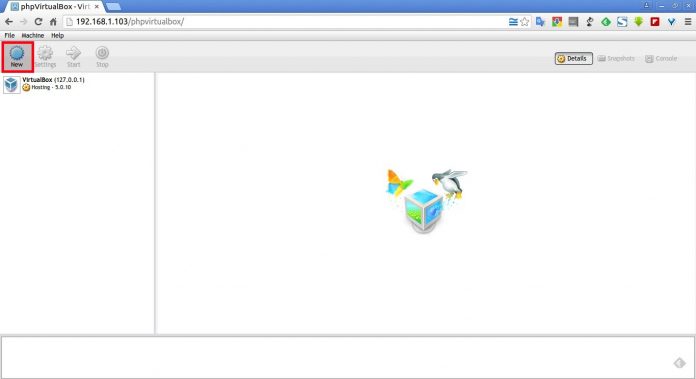

When I start manually via the Ubuntu menu ps -ef |grep kodi Root 466 1 0 01:00 ? 00:00:00 su -c xinit /usr/local/bin/kodi –standalone -nocursor :0 odroid I’ve the last image installed from april 2015, but kodi screen doesn’t appear.ĭescription “Kodi-barebones-upstart-script”Įxec su -c “xinit /usr/local/bin/kodi –standalone -nocursor :0” $USERĪnd when I look at the process ps -ef|grep kodi If you’re having any problems to start Kodi, have a look at the log files in /home/kodi/.kodi/temp. Now you should be ready to start Kodi using service kodi start

# tell upstart to respawn the process if abnormal exitĮxec su -c "xinit /usr/bin/kodi -standalone -nocursor :0" $USER

Start on (filesystem and stopped udevtrigger) # by default runs as kodi, to change edit below.ĭescription "Kodi-barebones-upstart-script" usermod -a -G audio kodiĮdit /etc/X11/nfig and replace allowed_users=console with allowed_users=anybodyĬreate a /etc/init/nf with following contents: You could also use ppa:team-xbmc/xbmc-nightly for bleeding edge releases. apt-get install python-software-properties pkg-config software-properties-commonĪdd-apt-repository ppa:team-xbmc/unstableĪpt-get install kodi xinit xserver-xorg-video-intelĪdduser -disabled-password -disabled-login -gecos "" kodi Anyway, here’s how to install the latest Kodi release on Ubuntu Server 14.04 including hardware acceleration for the Intel HD GPU. Most likely because nobody ever does this on a server OS. However, I’ve been unable to find a working walk-through on how to install it on Ubuntu Server. Since the Barebone also sports a HDMI port and the CPU comes with an integrated Intel HD GPU I thought it would be a great Kodi (ex XBMC) mediacenter as well. I have a small Shuttle Barbebone computer which I’m mainly using as a KVM hypervisor on top of Ubuntu Server 14.04 to run a few VMs.


 0 kommentar(er)
0 kommentar(er)
